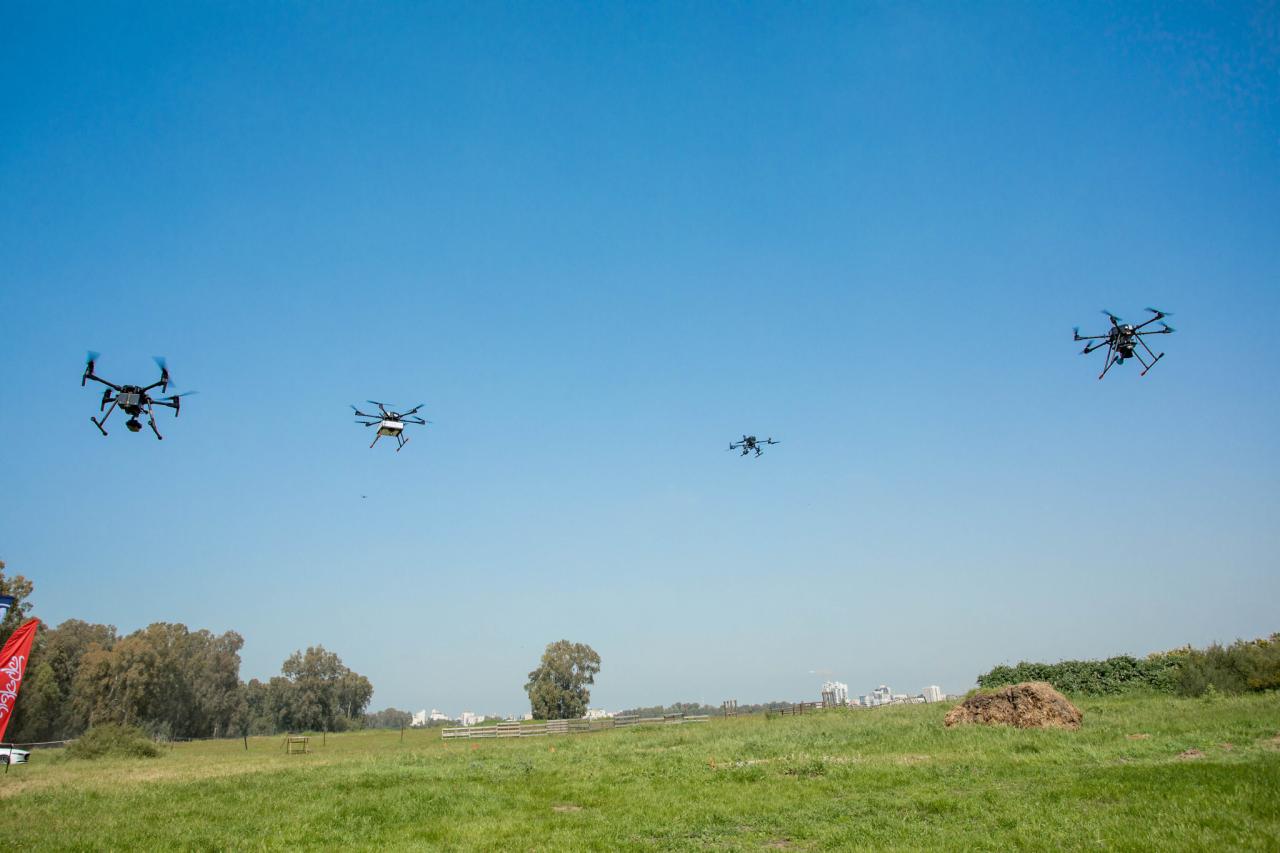Sky elements drones are revolutionizing atmospheric research. Imagine tiny aircraft soaring through the skies, collecting invaluable data on weather patterns, cloud formations, and atmospheric composition. This technology offers unprecedented insights into our planet’s climate, improving weather forecasting and enhancing our understanding of complex atmospheric processes. We’ll explore the various applications, technologies, and ethical considerations involved in using drones to study the sky.
From studying the formation of hurricanes to monitoring air quality in real-time, drones equipped with advanced sensors provide detailed, high-resolution data that was previously impossible to obtain. This allows scientists to build more accurate weather models, predict extreme weather events with greater precision, and ultimately, help protect communities from the impacts of these events. This guide will walk you through the exciting world of sky elements drones, covering everything from their technological capabilities to the future of atmospheric research.
Sky Element Drone Applications
Drones are revolutionizing atmospheric research, offering unprecedented access to previously unreachable data. Their maneuverability and adaptability allow for detailed observations across various atmospheric layers, leading to significant advancements in weather prediction and climate understanding.
Innovative Drone Applications in Atmospheric Research
Drones are employed in various innovative ways to gather atmospheric data. Three notable examples include:
- Measuring atmospheric pollutants: Equipped with specialized sensors, drones can map the distribution of pollutants like particulate matter and greenhouse gases, providing crucial data for air quality monitoring and pollution control strategies. This allows for localized, high-resolution mapping not possible with traditional methods.
- Studying atmospheric boundary layer dynamics: Drones can profile wind speed, temperature, and humidity at different altitudes within the atmospheric boundary layer, improving our understanding of turbulence and mixing processes that influence weather patterns. This is particularly useful in studying urban microclimates and their impact on air quality.
- Investigating cloud microphysics: Drones can deploy instruments to directly sample cloud droplets and ice crystals, offering insights into cloud formation, precipitation processes, and the overall impact of clouds on climate. This direct sampling provides crucial data for improving climate models.
Advantages of Drones for Weather Monitoring
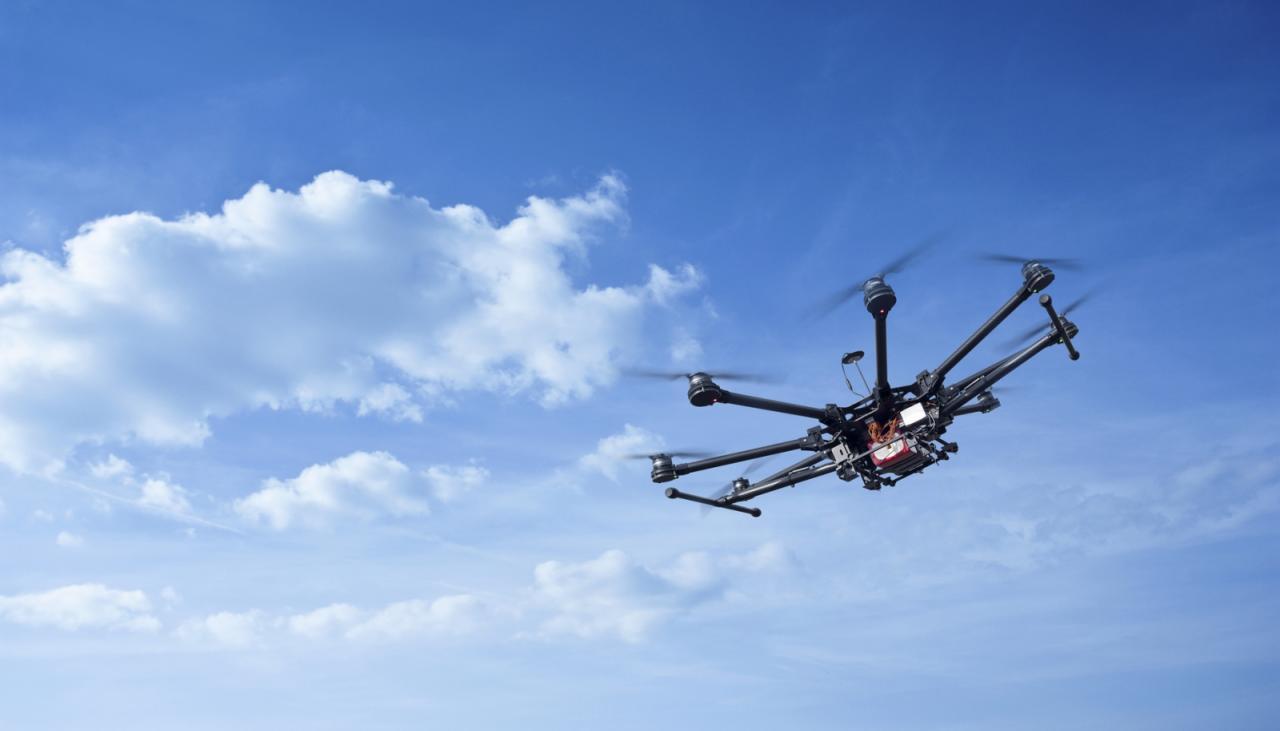
Compared to traditional methods like weather balloons and satellites, drones offer several key advantages in weather monitoring:
- Targeted observations: Drones can be deployed to specific locations of interest, providing high-resolution data in areas where traditional methods might lack sufficient spatial resolution.
- Cost-effectiveness: For localized monitoring, drones can be a more cost-effective solution than deploying larger, more expensive equipment like weather balloons or deploying research aircraft.
- Improved spatial resolution: Drones can collect data at a much finer spatial scale than many traditional methods, revealing important small-scale variations in atmospheric conditions.
- Real-time data acquisition: Many drones offer real-time data transmission, enabling immediate analysis and response to changing weather conditions.
Drone-Based Cloud Formation and Precipitation Studies
Drones equipped with sensors like hygrometers, anemometers, and particle counters can directly measure the properties of clouds and precipitation. This data allows researchers to study the processes involved in cloud formation, precipitation development, and the interactions between clouds and the surrounding environment. For example, drones can be used to investigate the microphysical processes within clouds, such as the formation of ice crystals and the growth of raindrops.
This information is essential for improving weather forecasting models and understanding the impact of climate change on precipitation patterns.
Improving Weather Forecasting Accuracy with Drone Data
The high-resolution data collected by drones can significantly improve weather forecasting accuracy. By incorporating drone-based measurements into numerical weather prediction (NWP) models, forecasters can better resolve small-scale weather phenomena and improve the accuracy of predictions, particularly for localized events like severe thunderstorms or flash floods. Real-time data from drones can also help in issuing timely warnings for hazardous weather conditions.
Drone Capabilities for Atmospheric Studies, Sky elements drones
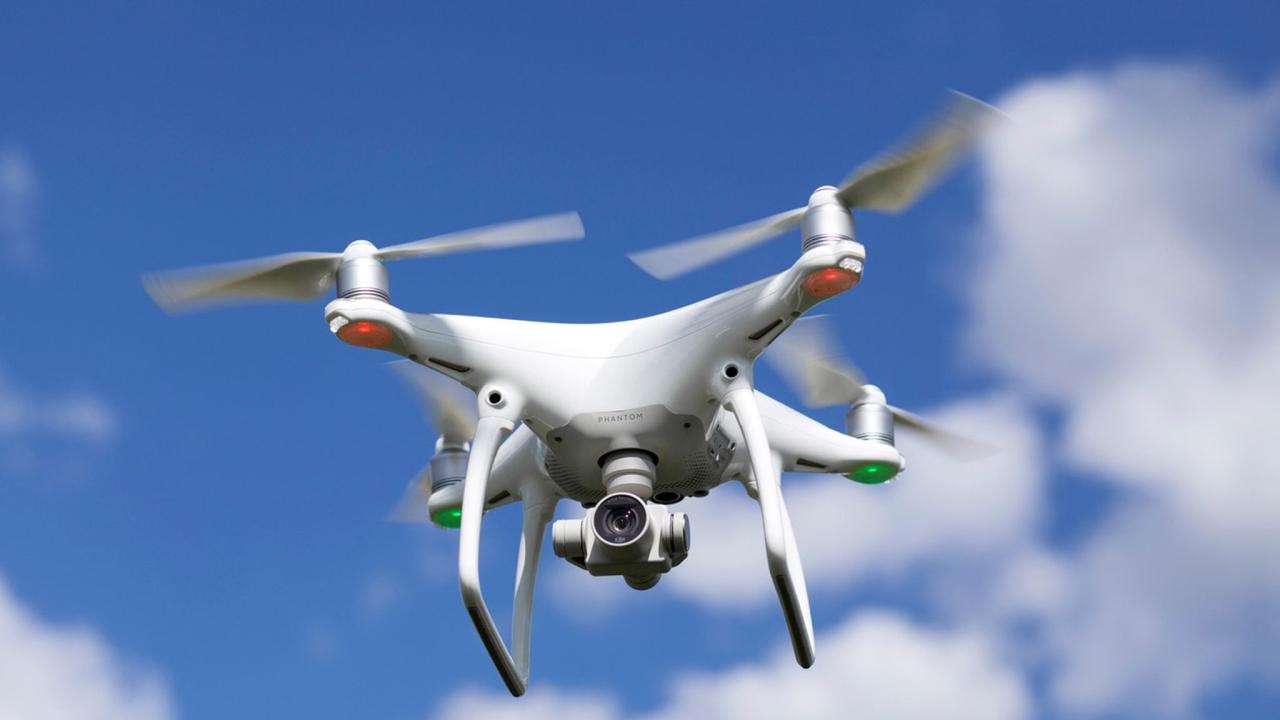
| Drone Type | Payload Capacity | Flight Endurance | Data Acquisition Capabilities |
|---|---|---|---|
| Small Quadcopter | Up to 2 kg | 15-30 minutes | Temperature, humidity, pressure, basic imaging |
| Fixed-Wing UAV | Up to 10 kg | 1-2 hours | High-resolution imaging, LiDAR, hyperspectral imaging |
| Hybrid Multirotor/Fixed-Wing | Up to 5 kg | 45-60 minutes | Versatile payload options, combines advantages of both types |
| High-Altitude Long-Endurance (HALE) UAV | Up to 50 kg | Multiple hours/days | Advanced sensor payloads for large-scale monitoring |
Drone Technology for Sky Element Observation
The effectiveness of drone-based atmospheric research hinges on the sophisticated sensor technologies and data processing techniques employed. Understanding these aspects is crucial for obtaining reliable and meaningful results.
Sky elements drones are becoming increasingly popular for spectacular light shows. Want to see a truly amazing example? Check out the incredible visuals at the niagara falls drone show , a prime example of what’s possible with advanced drone technology. Then, consider how these same sky elements drones could elevate your next event.
Sensor Technologies for Atmospheric Data Collection
Drones utilize a variety of sensors to collect atmospheric data, including:
- Meteorological sensors: These measure parameters like temperature, humidity, pressure, wind speed, and direction. Accuracy and precision vary depending on sensor type and calibration.
- Optical sensors: Cameras (visible, near-infrared, thermal infrared) capture images and videos of clouds, aerosols, and other atmospheric phenomena. Spectral analysis of these images provides additional information.
- Lidar: Light Detection and Ranging (LiDAR) uses laser pulses to measure distances and create 3D models of atmospheric structures like clouds and aerosols.
- Spectrometers: These measure the spectral composition of light, providing detailed information about the chemical composition of the atmosphere.
Comparing Camera Types for Sky Element Capture
Different camera types offer unique advantages in capturing atmospheric features:
- Visible cameras: Provide standard color images, useful for visualizing cloud morphology and aerosol distribution.
- Infrared cameras: Detect thermal radiation, allowing for the observation of temperature variations in clouds and the ground, useful for studying cloud dynamics and surface energy balance.
- Thermal cameras: Similar to infrared, but often with a higher sensitivity to temperature differences, useful for detecting subtle thermal anomalies in the atmosphere.
Challenges of Drone Operation in Extreme Weather
Operating drones in extreme weather conditions presents several challenges, including:
- Strong winds: High winds can make it difficult to control the drone and may damage the sensors.
- Precipitation: Rain, snow, or hail can damage the drone and its sensors, and reduce visibility.
- Lightning: Lightning strikes pose a significant risk to the drone and its operator.
Mitigation strategies include using weather-resistant drones, employing robust safety protocols, and carefully selecting flight times and locations.
Calibrating and Validating Drone-Based Measurements
Accurate atmospheric measurements require careful calibration and validation. Calibration involves comparing the drone’s sensor readings to known standards, while validation involves comparing the drone’s measurements to data from other sources, such as weather stations or satellites. Regular maintenance and calibration checks are essential to ensure data quality.
Essential Safety Measures for Drone Operation
- Obtain necessary permits and licenses.
- Conduct pre-flight checks of the drone and its sensors.
- Monitor weather conditions closely and avoid flying in adverse weather.
- Maintain visual line of sight with the drone at all times.
- Fly within the legal and regulatory limits.
- Have a backup plan in case of equipment failure.
Data Analysis and Interpretation of Sky Element Drone Data
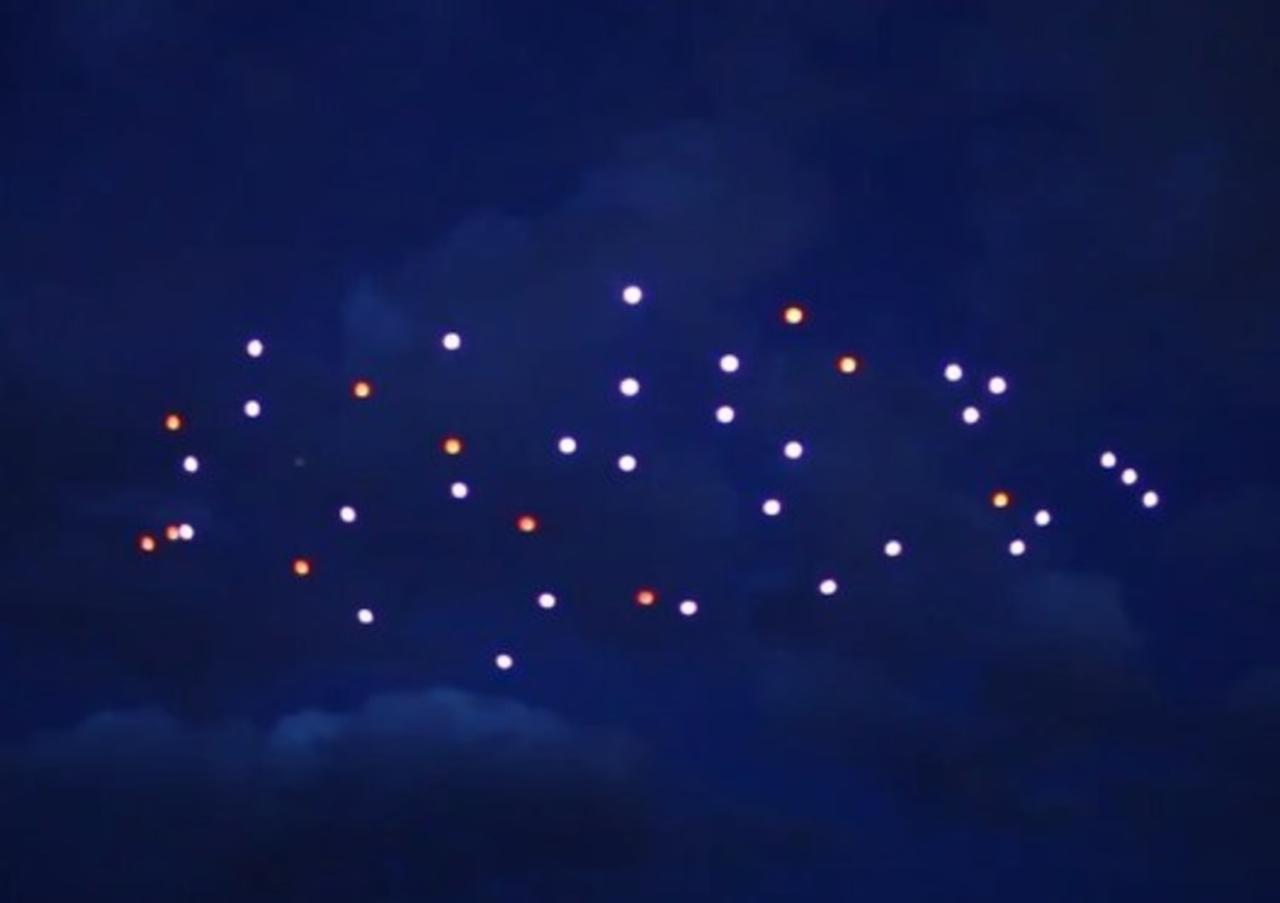
The raw data collected by drones needs thorough processing and analysis to extract meaningful information about atmospheric phenomena. This involves several steps, from data cleaning to visualization and reporting.
Processing and Analyzing Drone Data
The process involves several steps: data cleaning (removing outliers and errors), data calibration (correcting for sensor biases), and data analysis (applying statistical methods to identify patterns and trends). Specialized software is often used for these tasks.
Potential Sources of Error in Drone-Based Measurements
Several factors can introduce errors into drone-based atmospheric measurements, including sensor drift, calibration errors, environmental interference, and GPS inaccuracies. Careful data processing and validation techniques are necessary to minimize these errors.
Visualizing Drone Data
Various graphical representations are used to visualize drone data, including maps, cross-sections, time series plots, and 3D visualizations. The choice of visualization method depends on the type of data and the research questions being addressed. For example, a 3D visualization might show the distribution of pollutants in a city, while a time series plot could show changes in temperature over time.
Creating a Comprehensive Report on Sky Element Observations
A comprehensive report should include a description of the study area, the methodology used, the results obtained, and the conclusions drawn. It should also include a discussion of the limitations of the study and suggestions for future research. High-quality figures and tables should be used to present the data effectively.
Data Processing Workflow
A flowchart would depict the sequential steps: Data Acquisition (drone flight and data collection), Data Preprocessing (cleaning and calibration), Data Analysis (statistical methods), Data Visualization (creating graphs and maps), Report Generation (writing the final report).
Ethical and Regulatory Considerations
The responsible use of drones in atmospheric research requires careful consideration of ethical and regulatory aspects to ensure safety, minimize environmental impact, and maintain public trust.
Legal and Ethical Implications of Drone Use
Legal frameworks vary by location, governing aspects like airspace access, data privacy, and environmental impact. Ethical considerations include responsible data handling, minimizing risks to wildlife and the environment, and ensuring transparency in research practices.
Potential Environmental Impacts and Mitigation Strategies
Drone operations can potentially disturb wildlife or ecosystems. Mitigation strategies include minimizing flight time and noise, avoiding sensitive areas, and adhering to environmental regulations.
Regulations Governing Drone Usage
Regulations vary widely, encompassing flight restrictions, airspace authorizations, and data security protocols. Compliance with local, national, and international regulations is crucial.
Thinking about getting into drone technology? Sky elements drones are a great place to start. Check out their awesome selection and learn more at sky elements drones – they’ve got everything from beginner models to professional-grade equipment. Whether you’re a hobbyist or a pro, you’ll find something to love about sky elements drones.
Obtaining Permits and Approvals
Securing necessary permits and approvals before each flight is essential. This typically involves filing flight plans, demonstrating operational competence, and addressing potential safety and environmental concerns.
Best Practices for Responsible Drone Operation
- Adhere to all relevant regulations and guidelines.
- Prioritize safety for both the operator and the environment.
- Respect privacy and data security regulations.
- Maintain a high standard of operational competence.
- Engage in ethical data handling and reporting practices.
Future Trends in Sky Element Drones
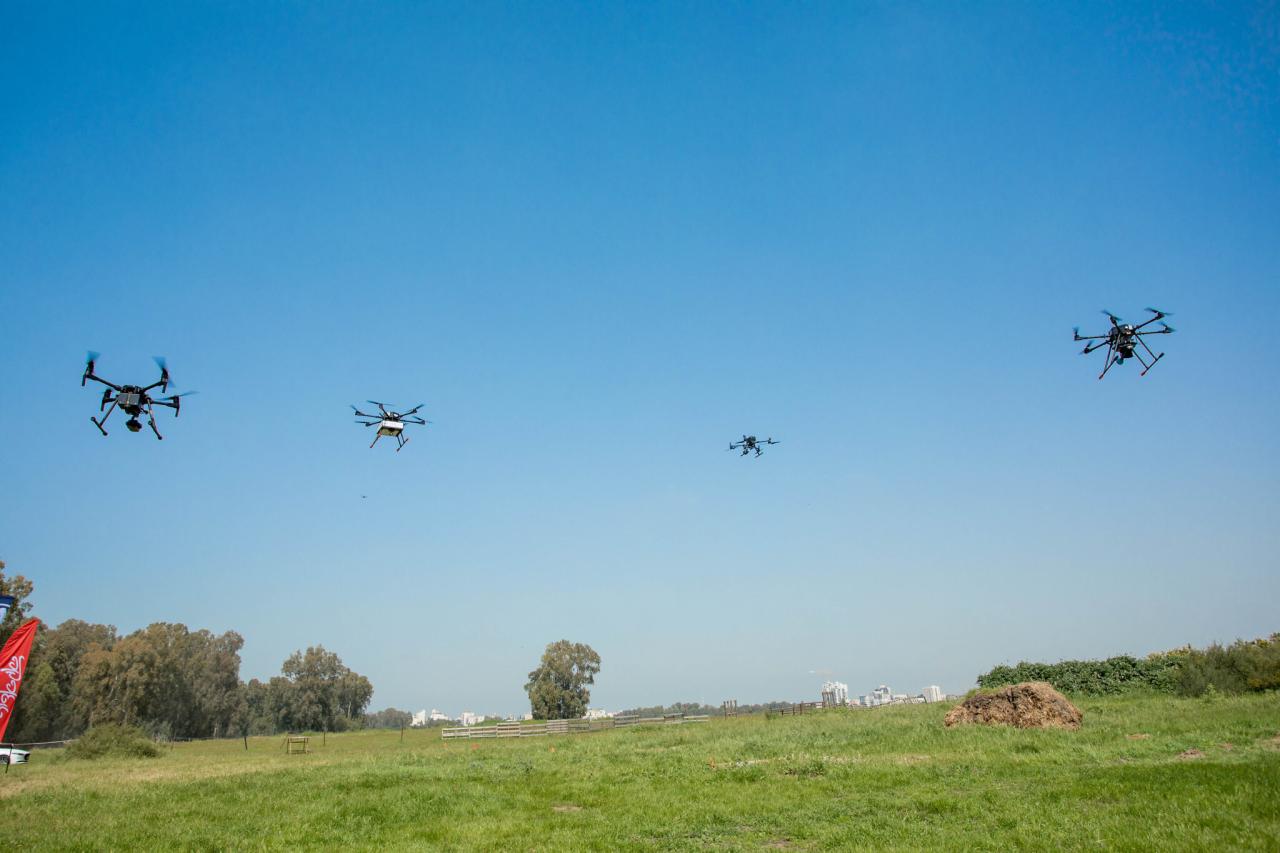
Ongoing advancements in drone technology promise to further enhance atmospheric observation capabilities and unlock new applications in atmospheric research.
Advancements in Drone Technology
Future drones may incorporate more advanced sensors, longer flight durations, improved autonomous navigation capabilities, and enhanced data processing systems. Integration with AI and machine learning will improve data analysis and interpretation.
Emerging Applications of Drones
Emerging applications include more precise measurements of greenhouse gases, detailed studies of atmospheric rivers, improved wildfire monitoring, and enhanced volcano plume tracking. The use of drones in climate change research will also grow significantly.
AI and Machine Learning in Data Analysis
AI and machine learning algorithms can automate data processing, identify patterns, and improve the accuracy of weather forecasting models. This will lead to faster and more reliable analysis of complex atmospheric data.
Sky elements drones are becoming increasingly popular, offering amazing aerial perspectives. However, safety is paramount, as highlighted by a recent incident; check out this news report about a drone crash in Paris to see the potential consequences. Understanding these risks is crucial for responsible operation of sky elements drones, ensuring both safety and enjoyment.
Future Role of Drones in Atmospheric Understanding
Drones will play an increasingly important role in understanding and predicting atmospheric phenomena. Their ability to collect high-resolution data in previously inaccessible areas will provide invaluable insights into weather patterns, climate change, and air quality. This will contribute to more accurate forecasting, improved environmental management, and a better understanding of our planet’s atmosphere.
Futuristic Drone Design
Imagine a sleek, teardrop-shaped drone, powered by advanced solar cells and equipped with a suite of sophisticated sensors, including high-resolution hyperspectral cameras, advanced LiDAR, and a suite of meteorological sensors. It would be capable of autonomous flight for extended durations, potentially days or even weeks, enabling continuous monitoring of atmospheric conditions over large geographical areas. Its data would be transmitted in real-time to ground stations for immediate analysis and integration into weather forecasting models.
The drone’s design would incorporate advanced AI for autonomous flight path planning and anomaly detection, optimizing its operational efficiency and safety.
Wrap-Up: Sky Elements Drones
Sky elements drones are transforming how we study and understand our atmosphere. The ability to collect high-resolution data from previously inaccessible areas opens up a world of possibilities for atmospheric research, weather forecasting, and environmental monitoring. While challenges remain, the continued development of drone technology, coupled with advancements in data analysis, promises even more profound insights into the complex dynamics of our skies in the years to come.
The future of atmospheric science is taking flight.
Answers to Common Questions
How long can a drone stay airborne for atmospheric research?
Flight time varies greatly depending on the drone model, battery capacity, and payload. Some drones can fly for over an hour, while others may have shorter flight times.
What are the costs associated with using sky elements drones?
Costs include the drone itself, sensors, software, data processing, maintenance, and potentially pilot training and insurance. Prices range significantly depending on the complexity and sophistication of the equipment.
What are the limitations of using drones for atmospheric research?
Limitations include flight range, battery life, weather conditions (high winds, rain, etc.), regulatory restrictions, and potential data inaccuracies due to sensor limitations or environmental interference.
Are there any safety concerns associated with operating drones for atmospheric research?
Yes, safety is paramount. Operators must adhere to all relevant regulations, ensure proper maintenance, and utilize safety features like emergency landing systems. Collision avoidance and awareness of airspace restrictions are critical.
